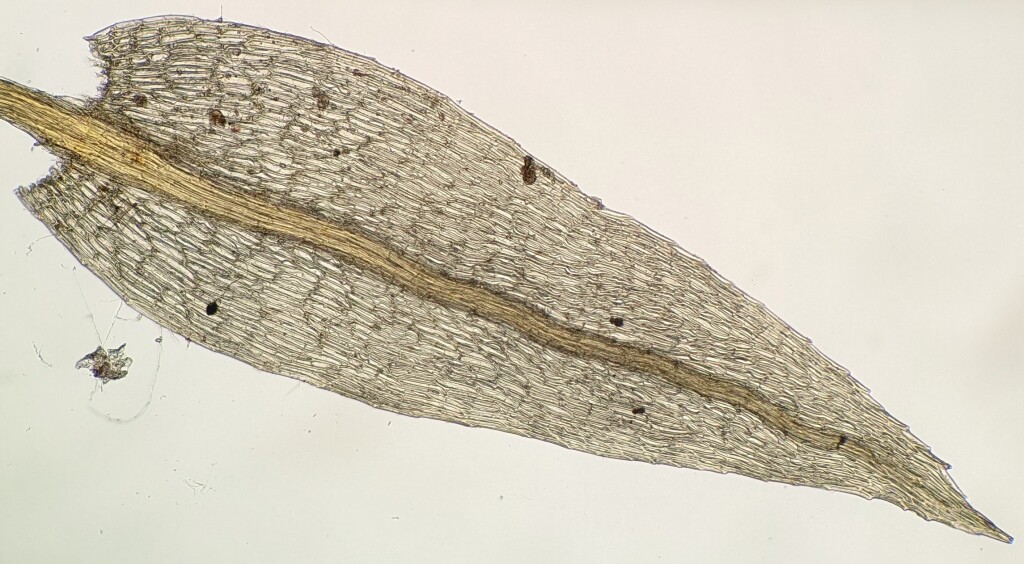Pohlia cruda
(Hedw.) Lindb.Usually paroicous, less commonly dioicous. Asexual propagules absent. Plants blue-green to whitish green, occasionally tinged with red, with a strong metallic sheen, forming dense turves or tufts on soil and in rock crevices. Stems simple or seldom forked, 4–50 mm long, reddish, sparsely tomentose with red-brown hairs and rhizoids. Leaves erect and appressed to erect-spreading when moist, scarcely altered when dry, ±broadly lanceolate to ovate-lanceolate or elliptic, 0.8–3.5 mm long, 0.5–1.4 mm wide, plane, not or shortly decurrent; apex acute; costa subpercurrent to occasionally percurrent; margins serrulate near apices, plane to weakly reflexed; laminal cells near apices short to long-rhomboidal, 40–80 (–110) μm long, 6–13 μm wide, smooth; midlaminal cells rectangular to long fusiform, 85–170 μm long, 8–14 μm wide, smooth; basal laminal cells short to long rectangular, 30–95 (–115) μm long, 7–20 μm wide, smooth. Seta 10–45 mm long, yellowish-brown to brownish red, smooth. Capsule inclined to pendent, obloid-cylindric to narrowly pyriform, sometimes curved, 2.5–6 mm long, with a revoluble annulus. Operculum conic-apiculate, c. 0.6–0.8 mm long. Peristome double; exostome well-developed; endostome segments well-developed, equal to exostome height, with a high basal membrane; cilia well-developed.
HNF, VAlp. In crevices among rock outcrops and beside streams in the alpine zone throughout the Victorian Alps. Also NSW and Tas. Widespread throughout temperate regions of both Northern and Southern Hemispheres and Hawaii, Galapagos Islands and the Andes.
 Spinning
Spinning

